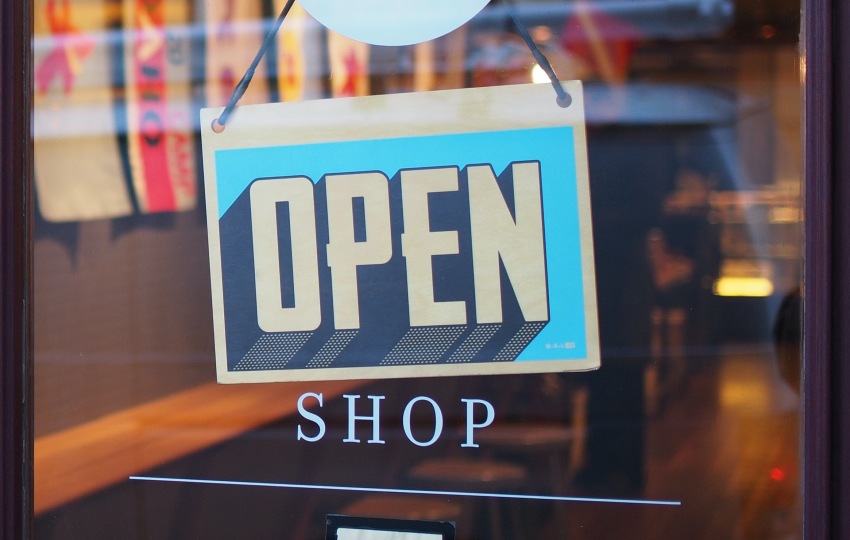The internet has entirely changed how we do business. No longer do businesses survive through word of mouth, and online marketing has, for the most part, taken over. However, with online stores, a whole new paradigm of marketing has been created, and much of this new paradigm relies on creating urgency with your online store. Here, we will look at exactly how urgency can improve conversions.
1. Offer ‘Limited Time’ Free Shipping
If there is one thing consumers love, it is free shipping. In most cases, shipping can be worked into the cost of a product or service, and the idea of free is more of an illusion. In reality, shipping costs can often be worked into the overall price of a product, yet the notion of free shipping is still very enticing.
2. Implement Low Stock Warnings
In general, humans tend to want rare items. Retail businesses have known for decades that creating a false sense of scarcity improves sales. In reality, there doesn’t always have to be a legitimate case of scarcity, but presenting the situation as such can still have positive effects. For example, a common tactic successful businesses use is simply saying, “there are only 15 products remaining”.
3. Reward the First Couple of Buyers
Another effective tactic is to reward the first wave of buyers with a bonus product or service. This doesn’t always have to come in the form of a secondary product or service; it could also be a discount or coupon code. Either way, offering some kind of reward for purchasing a product early typically induces a sense of urgency in buyers.
4. Offer a Discount in the Moment
Abandoned carts are one of the biggest issues that online stores face. For those unaware, the abandoned cart is when a person adds a product or service to their check out bag but doesn’t end up completing the purchase. It’s straightforward to set up a system in which if someone stalls on the checkout screen for an extended period of time, a pop-up ad is displayed on the screen offering a discount to complete the purchase at the moment.
In reality, the discount doesn’t have to be large, and it can be as little as ten to 15 per cent. Even an in the moment discount of 5% can be enough to sway a person to complete their purchase.
5. Offer a Promotion
Anyone who has seen the shopping channel knows offering a promotion is an excellent way to persuade someone to complete a purchase. The promotion doesn’t have to be something luxurious or special; for most people, the idea that they are receiving something free is enough to create urgency with your online store.
6. Reward Buyer With Discounts from Partner Businesses
Another great tactic is to offer a discount with another online store when a product is purchased. Doing this requires building a relationship with another business, and this strategy can be optimized if the two businesses synchronize sales.
7. Use a Countdown Meter
As simple as it may seem, using a countdown meter is an excellent way to induce urgency in a buyer. The premise here is if they feel that a price will only be available for a limited amount of time they will be compelled to capitalize on the offer.
8. Use Scarcity
Scarcity is one of the oldest marketing tactics around. The idea here is that if a person believes there is only a limited supply of something they are more likely to be driven to purchase said product or service. The best way to induce a feeling of scarcity is by listing a low quantity on the purchase page.
9. Give a Coupon Code
Coupon codes give a discount on future purchases and, when advertised ahead of time, can induce a sense of urgency. An example of a good coupon code offer would ‘buy within the next 15 minutes and receive 10% of your next purchase”. Clearly, this type of offer depends on the product or service being offered.
Author Bio
Lauren Groff is a tech writer at Dissertation Writing Service and State Of Writing. Aside from producing tech articles, Lauren used to work in an HR department of an IT company.

